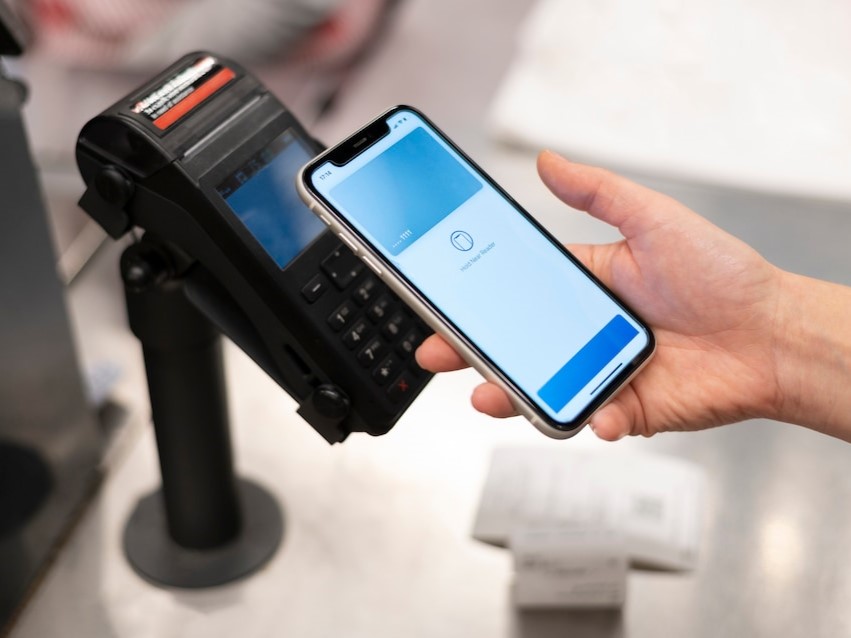With technological advancements steering the helm of contemporary business environments, Point of Sale (POS) systems have transcended their basic role as transaction facilitators, evolving into potent tools that augment operational efficiency, customer experience, and data management within various business structures.
I. Unveiling Modern POS Systems
While traditionally anchored in facilitating transactions, modern POS systems have burgeoned into holistic management tools, enveloping payment processing, inventory management, customer relationship management, and data analytics within their ambit, thereby becoming integral to both front-end and back-end operations.
II. Integrating Seamless Transactions
A detailed exploration of how advanced POS systems, through features like contactless payments, mobile payment integration, and dynamic payment options, enhance the transactional experience for customers, thus contributing to a seamless, flexible, and secure purchasing journey.
III. In-depth Inventory Management
Navigating through the intricacies of inventory management, modern POS systems introduce automation, real-time tracking, and data analytics, ensuring that inventory control, order management, and stock level monitoring are executed with heightened accuracy and efficiency.
Case Study: [Retail Business Name]
A glimpse into how [Retail Business Name] revolutionized its inventory management and customer service by integrating an advanced POS system, maneuvering through challenges, and elevating operational standards.
IV. Amplifying Customer Experience
Delving into the realm of customer experience, explore how POS systems, through personalized marketing, loyalty programs, and swift transactions, play a pivotal role in customer retention, satisfaction, and engagement, thus building a loyal customer base and enhancing brand perception.
V. Data-Driven Decision Making
In an era where data stands as a cornerstone of strategic decision-making, POS systems emerge as robust data repositories, offering insights into sales trends, customer behavior, and inventory dynamics, thereby aiding businesses in crafting strategies that are not just informed but also intricately aligned with market trends and customer preferences.
VI. Navigating the Challenges of POS Integration
While POS systems offer a plethora of benefits, it is imperative to navigate through inherent challenges such as cybersecurity, employee training, and system compatibility to ensure that the integration and utilization are both seamless and secure.
Conclusion
In the architectural framework of contemporary businesses, Point of Sale systems have evolved to become foundational pillars, supporting not just transactions but also encompassing inventory management, customer relations, and strategic planning within their domain. The path towards integrating a POS system mandates a meticulous understanding of its capabilities, challenges, and alignment with business operations to ensure that the journey is not just technologically advanced but also strategically sound.






 by
by